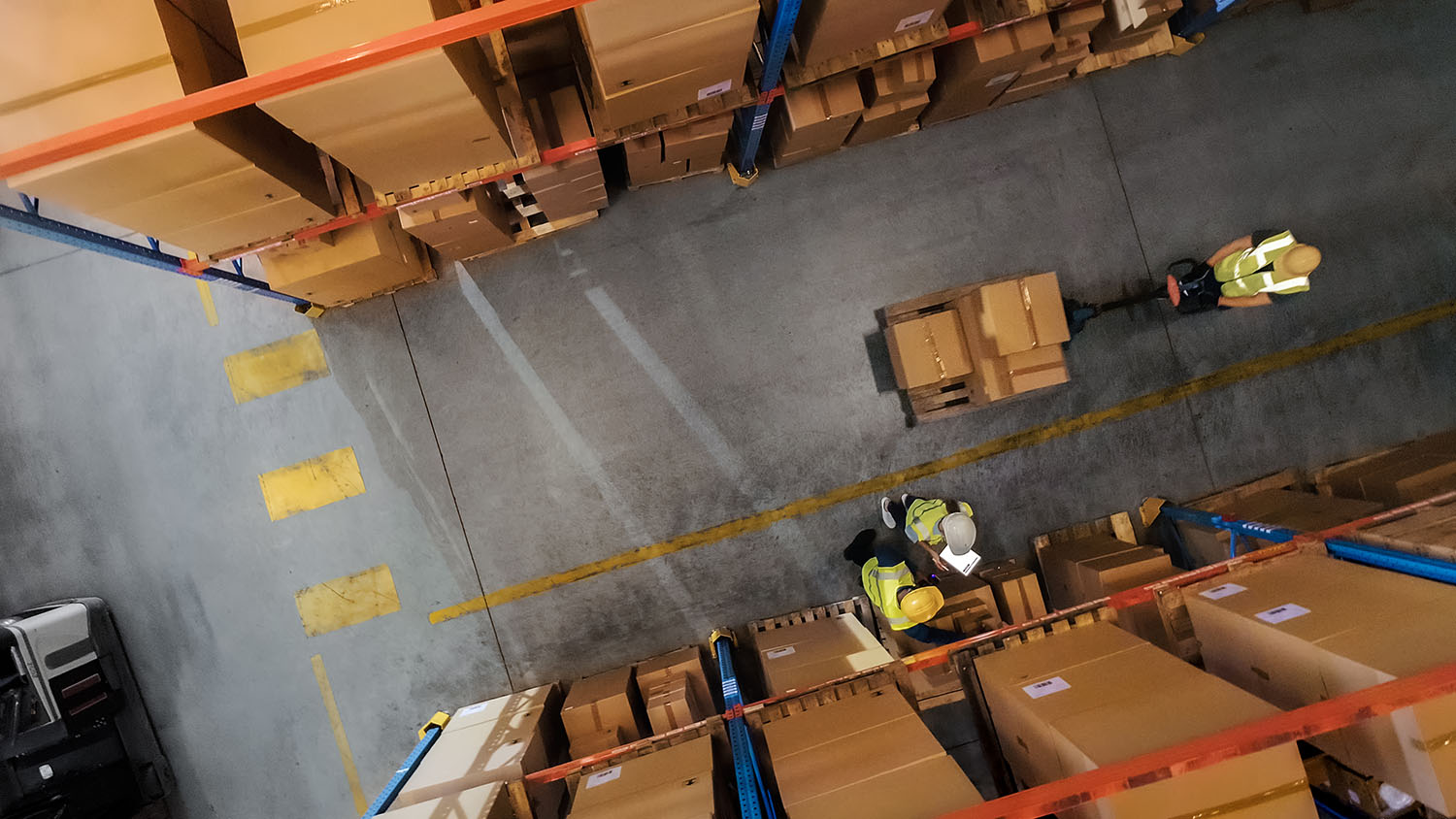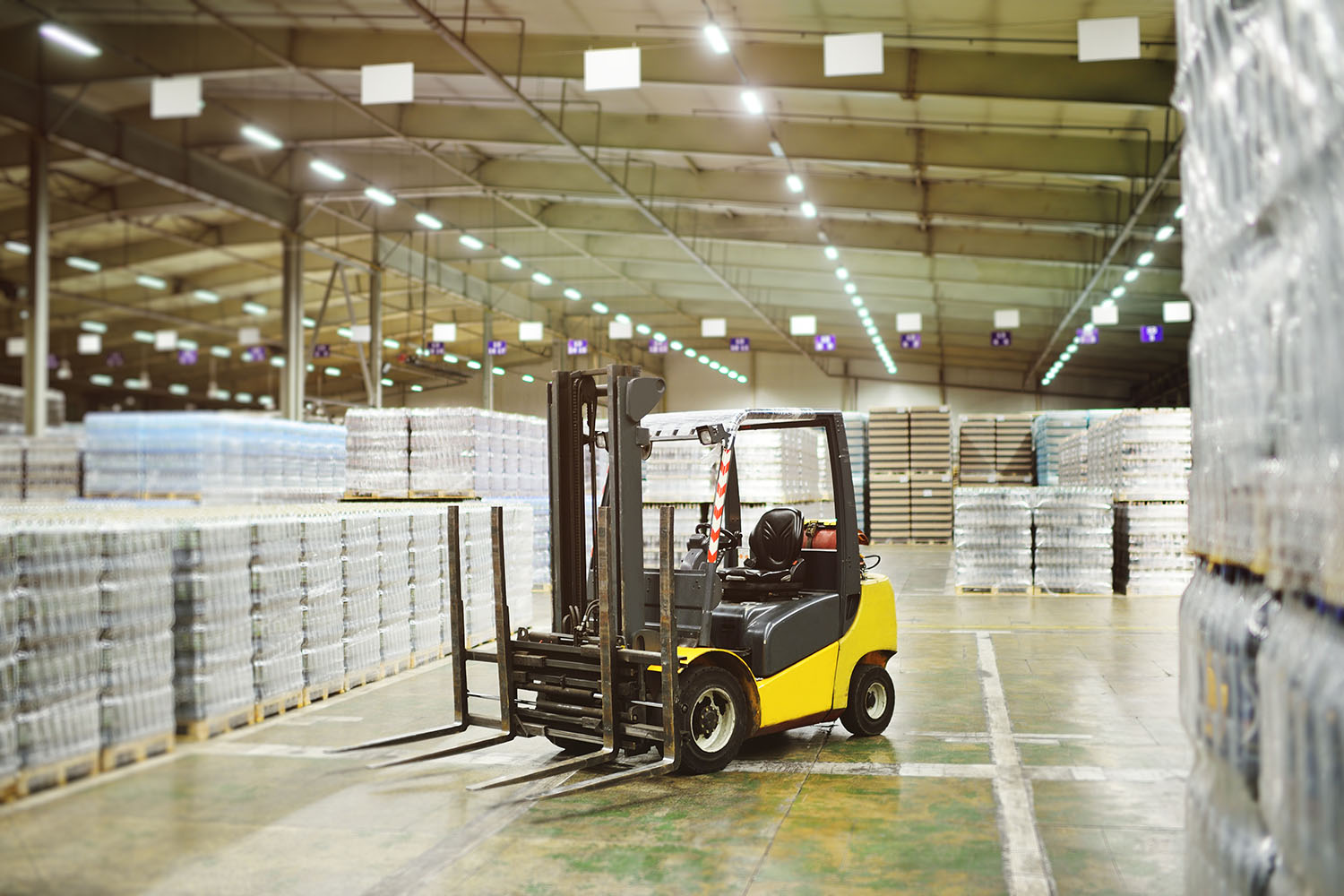In piece picking, warehouse workers pick individual pieces or items from shelves to fulfill one order at a time. It’s a crucial picking method when a brand warehouse or 3PL facility must fulfill orders with a few items, all different, from a warehouse storing thousands of SKUs or products.
While batch, zone, and wave picking offer efficiencies for high-volume orders, piece picking allows warehouses to accommodate far more varied SKU assortments. This approach enables fulfillment of small, multi-item orders, especially in e-commerce or when fulfillment product assembly, kitting, custom packaging or other special add-ons.
This article discusses everything you need to know about piece picking in a warehouse.
What is Piece Picking?
Piece picking means retrieving individual items from inventory to fulfill one order at a time. It’s a precise method, especially useful in warehouses with a large variety of SKUs.
For example, if you receive an order for a hoodie, sneakers, and jeans, each item will likely be stored in a different part of your warehouse. Your team would walk through the aisles, picking each piece individually to complete the order.
How Piece Picking Works: A Step-by-Step Guide
Here’s a step-by-step guide on how piece picking works in a warehouse:
- Order generation: A customer places an order from the official website or e-commerce platform that redirects it to a 3PL.
- Picking list creation: The order is assigned to a picker based on SKU location and warehouse zones.
- Picker navigation: The picker retrieves each item one at a time from where they are stored.
- Item verification: The picker scans each SKU barcode to confirm the pick for accuracy.
- Order consolidation and packing: All picked items are brought to the packing station to be packed and labeled for shipping.
Piece Picking Methods Defined and Categorized
Different piece-picking methods are used based on order volume, SKU variety, warehouse size, and business needs.
Here’s how each method works:
Traditional Single-Order Piece Picking Methods
Single Order Picking
Single-order picking, also known as discrete picking, is a method where a picker retrieves all items for one order at a time. The picker follows a picking list, moving through the warehouse to complete each order individually.
Pick-to-Light Picking
Pick-to-light picking is an automated piece-picking method that guides workers using LED indicators and digital displays. When an order arrives, bins containing the required items light up, and the display shows the exact quantity to pick. The worker retrieves the item and presses a button to confirm before moving to the next bin.
Voice Picking
Voice picking is an automated picking method that uses voice commands to guide workers through a piece-picking process as well as other picking processes. The pickers wear headsets with a microphone to hear instructions like the correct bin location and quantity to pick. After collecting the item, they verbally confirm the pick before moving to the next location.
Robotic Piece Picking
Robotic piece picking uses robot arms or conveyor belts to pick items from shelves and drop them on packing stations. Many robotic systems, such as Automated Storage and Retrieval Systems (AS/RS) or Autonomous Mobile Robots (AMRs), are designed to handle low-volume, high-SKU environments, just like traditional piece picking.
Piece Picking Methods That Actually Are Multi-Order
In modern warehousing the term piece picking is sometimes used more broadly to describe any method where workers pick individual items—even if they’re fulfilling multiple orders simultaneously.
Batch, wave, and zone picking, for example—multi-order methods—are still referred to as piece picking in many warehouses when orders call for items to be picked one by one.
Batch Picking
While this is technically a multi-order method, batch picking groups similar items from multiple orders into a single pick run, which are later sorted into individual orders. The method involves selecting individual pieces (rather than full cases or pallets). This approach is cost-effective for high-volume piece picking but requires a sorting step afterward.
Example: A picker grabs 10 different books (each for a different customer) in one trip, then sorts them into separate orders at a packing station.
Wave Picking
Wave picking organizes orders into timed “waves” (based on deadlines, shipping carriers, or product locations). Pickers retrieve items for multiple orders within each wave, often picking individual pieces across different orders in a single pass. This method improves efficiency while still handling discrete items rather than bulk quantities.
Example: All orders needing UPS 2-day shipping are picked together in the morning wave, with workers grabbing individual products for each order along the way.
Zone Picking
Zone picking divides the warehouse into sections, with each picker responsible for a specific zone. They pick only the items in their zone for multiple orders, and the orders are later consolidated. Even though this is a multi-order strategy, it still involves piece-level picking (e.g., grabbing a single shirt for Order A and a single hat for Order B).
Example: In a large apparel warehouse, one picker in the “shoes” zone picks sneakers for five different orders, while another in “accessories” picks five individual pairs of socks.
Piece Picking Alternatives
Here’s how piece picking compares to other picking alternatives:
- Cluster Picking vs. Piece Picking: Cluster picking groups multiple orders together, allowing pickers to collect items for several orders in one trip. Piece picking is best for low-volume, high-variety orders, where workers pick items one order at a time but require more travel time.
- Case Picking vs. Piece Picking: In case picking, workers pick entire cases (cartons) of products at a time, making them more suitable for bulk or wholesale orders. In piece picking, pickers collect individual items.
- Pallet Picking vs. Piece Picking: Pallet picking requires pickers to move entire pallets for bulk shipments. Pallet picking is faster for large orders, while piece picking handles high-SKU variety and custom orders.
Equipment Used In Piece Picking
Important equipment used in piece picking include:
- Static shelving: Simple storage racks where products are placed in fixed locations.
- Carton flow rack: Gravity-fed racks that push new stock forward as items are picked.
- Horizontal and vertical carousels: Rotating storage that delivers products to the picker, saving space and reducing walking. Vertical carousels handle larger items.
- Barcode scanners: Handheld or fixed scanners that verify picks, and track inventory.
- Automated conveyor and sortation systems: Mechanized systems that move picked items.
Benefits of Piece Picking
Here are the benefits.
High Order Accuracy
Piece picking requires pickers to retrieve individual items for each order, which allows more time to pick accurately. When combined with tools like scanners, voice picking, or pick-to-light systems, this method becomes even more precise.
Greater Flexibility
Piece picking allows you to handle high-SKU variety and mixed orders. This is unlike bulk-picking methods that require large storage areas for full cases or pallets. It helps you adapt to on-demand orders, especially during peak seasons, without changing warehouse layouts or workflows.
Scalability with Automation for Faster Fulfillment
While traditionally labor-intensive, piece picking can be optimized with batch picking, robotic picking, pick-to-light, or voice picking, improving speed and accurate order picking.
Challenges in Piece Picking
Here are some challenges in piece picking:
Efficiency Considerations for Higher Volumes
While piece picking is optimal for low-volume orders in high-SKU warehouses, it becomes less efficient when order velocity increases. Without supplementary methods like batch, wave, or zone picking, pickers spend excessive time traveling between locations when fulfilling an order. In busy warehouses, pure piece picking may create bottlenecks unless combined with more scalable approaches.
High Labor Costs
According to a survey, 53% of 3PLs admit labor costs take up 40% of overall warehouse costs. Since pickers retrieve items one by one, piece picking is labor-intensive. You need more workers compared to bulk picking methods.
Warehouse Congestion
In high-volume warehouses, multiple pickers moving between aisles can cause traffic. For example, if one picker is retrieving phone chargers from a bin, another picker waiting to pick up headphones from the next bin may be stuck behind them.
Frequent movement through narrow aisles leads to congestion, which slows down fulfillment and increases processing time.
Increased Picking Errors in Automated Picking Systems
Automated piece-picking systems rely on 3PL software. If the inventory data is outdated, the system may direct robots or human workers to the wrong bin, causing frequent mispicks.
Since piece picking deals with individual items, even small errors lead to dissatisfied customers, returns, and extra labor to fix mistakes.
4 Best Practices to Implement Piece Picking
Here are 4 best practices to implement piece picking:
Optimize Warehouse Layout
Organize your inventory by placing high-demand items closer to picking stations and low-demand items further away. Grouping frequently ordered items together allows pickers to collect multiple SKUs in one pass, reducing unnecessary movement and improving order speed.
To maintain accuracy, clearly label bins, use ergonomic shelving, and assign designated SKU slots to minimize mispicks, especially in high-SKU environments. If using zone picking, structure your warehouse into well-defined zones, so each picker works within a specific area for a smoother workflow.
Use Warehouse Slotting Strategies
Even with a well-structured layout, poor inventory placement can slow down piece picking. Use warehouse slotting strategies like ABC slotting to position items based on demand and picking frequency.
Store A-items (fast-moving SKUs) closest to picking stations, while B-items and C-items can be placed slightly farther away based on their order frequency. This reduces unnecessary travel time and prevents aisle congestion.
Book a demo with Da Vinci to learn how our WMS can optimize your warehouse slotting by assigning accurate storage locations through demand forecasting and algorithmic data analysis.
Invest in Automation for High-Volume Picking
Use robotic picking arms, Automated Mobile Robots (AMRs), or conveyor-assisted systems to reduce labor-intensive tasks. These systems accurately pick the right orders and speed up order fulfillment, especially during high-volume orders.
Automation can reduce labor costs by handling repetitive tasks and reducing the need for additional staff and overtime wages. Robots operate 24/7 without breaks, allowing workers to focus on more high-value tasks like quality assurance.
Monitor Performance & Adjust Strategies
Use a 3PL cloud-based WMS to track pick rates, order accuracy, and fulfillment speed in real-time. Connect scanners, pick-to-light, or voice-picking systems to collect accurate data on picker performance.
Regularly reviewing this data helps refine workflows, improve accuracy, and maintain a smooth piece-picking process as order volumes grow.
Future of Piece Picking: Key Trends
This strategy is evolving to meet higher accuracy, speed, and scalability demands for brands, especially 3PLs. Future advancements will focus on automation, artificial intelligence (AI), robotics, and data-driven optimization to streamline individual item selection in high-SKU environments.
Here are some key trends
- AI-optimized piece picking routes: AI algorithms will analyze warehouse layouts to create the most efficient pathways for pickers selecting individual items, reducing travel time. AI-powered robots and vision systems (cameras and sensors that “see” and process items) will adapt to SKU variety and improve individual piece picking accuracy over time.
- Augmented reality (AR) for precise item identification: Smart glasses will guide pickers by overlaying real-time picking instructions specifically for hard-to-distinguish items in dense storage areas. For example, DHL implemented vision-picking smart glasses, reducing pick errors by 25% and increasing speed.
- Vision and voice-picking developments for individual item validation: Voice commands, visual cues, and IoT sensors (devices that collect data from physical objects) will ensure pickers select exactly the right item variation (size, color, model) in SKU-dense environments, virtually eliminating piece picking errors.
- Micro-fulfillment centers optimized for piece picking: These small, automated warehouse setups will specialize in precise individual item selection from diverse inventories, using robotics designed specifically for handling single-item picks from thousands of SKUs.
Da Vinci’s Warehouse Management System (WMS) directly addresses piece picking challenges with targeted features like pick path optimization that minimizes travel time between individual item selections. Our Pick-to-Light integration guides workers directly to specific items, while our mobile scanning confirms accurate single-item retrieval in real-time.
For warehouses with thousands of SKUs, Da Vinci’s intelligent slotting places frequently picked individual items in optimal locations, and our zone coordination assist piece picking across warehouse sections. Our software also includes features like cartonization, real-time inventory tracking, and hands-free barcode scanning to simplify piece-picking.
Request a free demo to see the software in action.



